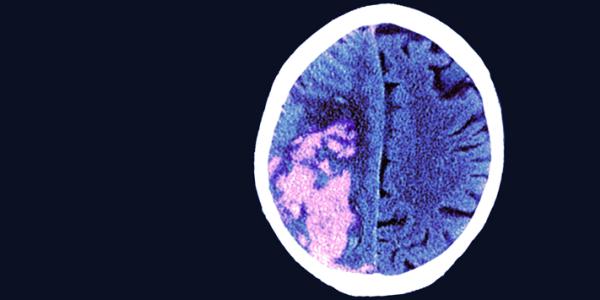


Every year 795,000 Americans have a stroke. May is Stroke Awareness Month so it’s a great time to learn more about the different types of stroke, treatment options, and the symptoms that you can’t ignore.
One of the most critical factors in stroke care is time. Learn the warning signs so you can help yourself and others. Some common symptoms include sudden confusion, headache, dizziness, blurred vision and numbness in arms and legs. If you experience any of these symptoms, seek immediate medical attention. A common acronym to help you identify the signs of a stroke is GFAST:
G: Gaze. Are you only able to look in one direction, without the ability to look the other way?
F: Face Drooping. Is one side of the face drooping or numb? When asked to smile, is the smile uneven?
A: Arm Weakness. Is there weakness or numbness in one arm or leg? Unable to raise one arm? Does one arm drop down after being raised?
S: Speech Difficulty. Is speech slurred or unclear? When asked to repeat a simple phrase, is it repeated incorrectly?
T: Time to call 911. If you notice any of these symptoms, or suspect a stroke, even if the symptoms go away, call 911. Get the person to a hospital immediately, and note the time when the first symptoms appeared.
Of the 7 million stroke survivors within the U.S., two-thirds have a currently disability. Once you know the symptoms of a stroke, you’ll be more likely to get help in a timely manner. Patients who receive medical care within three hours of initial symptoms generally make a better recovery and face less disability than those who delayed care.
There are several kinds of strokes, and they can affect everyone differently. Although 80% of strokes are preventable, some are not, and anyone — at any age — can have a stroke. Understanding the differences between the types of stroke can help you take appropriate preventative steps and understand your risk.
Different types of strokes:
Although a stroke may not be 100% preventable, you can take steps to lower your risk and improve your overall health. Since the majority of strokes are most often caused by high blood pressure and cholesterol levels, meet with your doctor to establish a personal health plan for keeping your numbers in a healthy range.
In the event that you or a loved one has a stroke it’s also important to know what other treatment options are available. At El Camino Health, you’ll find nationally recognized stroke expertise at the Peter C. Fung, MD Stroke Center. A group of innovative specialists will evaluate and determine the best treatment options for you and your loved ones. Learn more about recognizing stroke symptoms by hearing from a stroke survivor.
This article first appeared in the May 2021 edition of the HealthPerks newsletter.

Identify your risk factors and what to do if you are at risk.